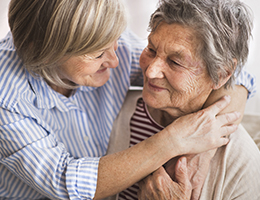
March 13, 2019—Phthalates are often used to make plastics harder and more flexible. They're found in hundreds of products, including shampoos, makeup, soaps, toys, car interiors and vinyl flooring, the Centers for Disease Control and Prevention reports. Most people are exposed to phthalates when they consume foods or beverages that have come in contact with containers or products made with phthalates. No one knows if low-level phthalate exposure causes health risks.
A new study sheds a bit of light on that. Specifically, whether they raise the risk for breast cancer in postmenopausal women. Researchers measured and compared phthalate levels in urine samples from postmenopausal women who were part of the Women's Health Initiative (WHI) study. Phthalates are excreted in urine, so if a woman passes more phthalates in her urine, it could mean she is exposed to more of the chemical.
Some of the women got breast cancer during the WHI study. Some did not. But unlike previous studies, the current study used urine samples collected when all of the women were healthy. That's important: It means the exposure levels seen in women who went on to develop breast cancer could not have happened during their diagnosis or treatment. (Phthalates are used to make some medical equipment, for instance. So contamination is a challenge for researchers).
More studies needed
The study did not find evidence that phthalate exposure is related to any "extreme increase in risk," according to one of the study authors. The research team noted that future studies should look at:
- Whether phthalate exposure increases breast cancer risk in younger women.
- Postmenopausal women not on hormone replacement therapy. (This study found a potential link between breast cancer risk and phthalates in this subgroup.)
- Even more urine samples to help better detect higher or lower phthalate levels. This study used two to three urine samples per person. But more may have given the researchers a more accurate picture of exposure over time.
The study appeared in the JNCI Cancer Spectrum.
Test your breast cancer knowledge